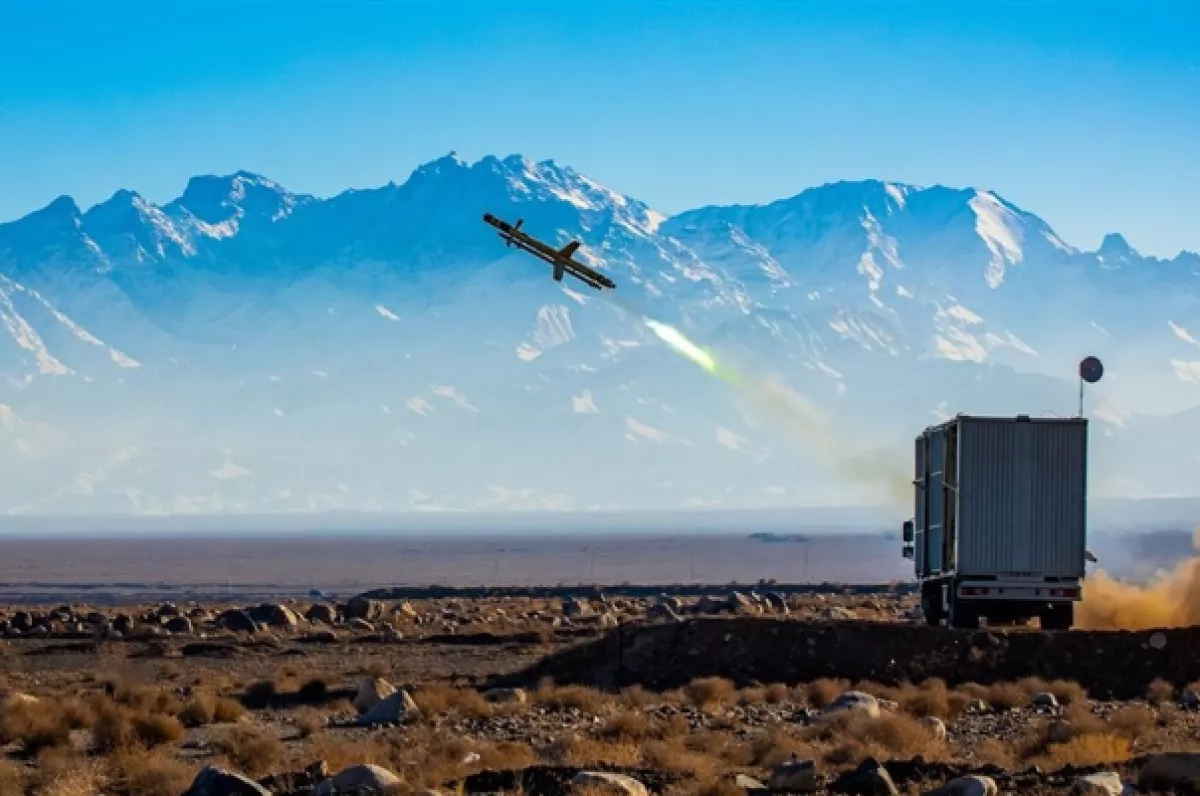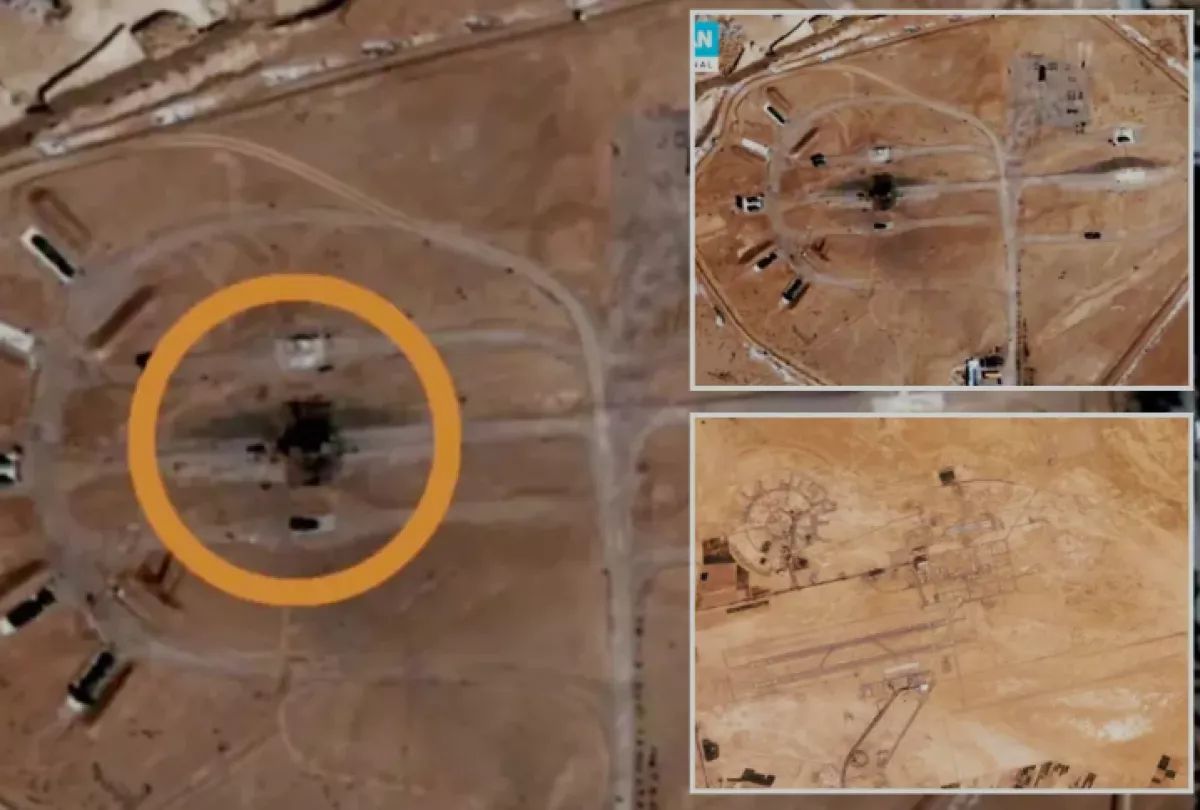Iran steps up air defence drills: Is a nuclear facility strike imminent? ISW analysis / photo
Iran has conducted a second air defence exercise in recent days, a move that reflects concerns over potential airstrikes targeting its nuclear facilities.
The latest exercise, conducted by the Artesh (the conventional Iranian military), took place on January 12 across northern and western Iran, notably covering the nuclear facilities at Arak and Fordow, Caliber.Az reports via ISW.
Although such exercises are a common occurrence at this time of year, they likely reflect Iranian leaders’ belief that airstrikes against their nuclear program may be imminent. Tehran has continued to expand its nuclear program, prompting increased military preparedness. However, this assumption does not indicate any significant change in the likelihood of strikes by the United States or Israel.

The Artesh exercises tested a range of manned and unmanned aircraft, as well as several air defense systems, including:
-
Rad missile: An Iranian-made, short-range, anti-tank missile designed for T-72 tanks, with a target range of 4 km.
-
Majid missile: A shoulder-fired, short-range, electro-optical-guided missile with a maximum target range of 15 km.
-
Talash missile: A long-range, mobile surface-to-air missile system with a maximum range of 200 km, capable of engaging targets at all altitudes.
-
Misagh-3 missile: A short-range, shoulder-fired system with a laser fuse, maximum range of 5 km, and an altitude capability of 3,500 m.
-
Khordad-15 system: A long-range air defense system with a detection range of 85 km and a target engagement range of 45 km.
-
Shahid Jalilvand radar system: A medium-range, phased array radar capable of detecting small, low-cross-section targets and operating continuously for 24 hours.
-
Samavat radar-controlled artillery system: A short-range system based on the Swiss Skyguard radar system, with a 4 km range and a 35mm caliber anti-aircraft gun.
-
Seraj radar-controlled air defense artillery system: An Iranian artillery system with a 35mm caliber gun, radar, and optical system.
This exercise follows an air defense drill conducted by the IRGC Aerospace Force around the Natanz nuclear facility on January 7. The two drills are part of a broader military exercise involving both the Artesh and the Islamic Revolutionary Guards Corps (IRGC), which is set to continue across Iran until March 2025.

While Iran’s air defense systems are considered inferior compared to US and Israeli capabilities, especially following the neutralization of its advanced S-300 system in October 2024, the exercises may still serve as a means to prepare for potential retaliatory actions.
Although the current exercises could be seen as preparation for an attack on US or Israeli targets, it is assessed that such an escalation remains unlikely at this time.

Notably, Iran conducted similar drills before launching its Operation True Promise and Operation True Promise II attacks on Israel in April and October 2024, respectively. Despite these exercises, Iranian officials have yet to carry out their promised third missile attack on Israel.
By Aghakazim Guliyev








